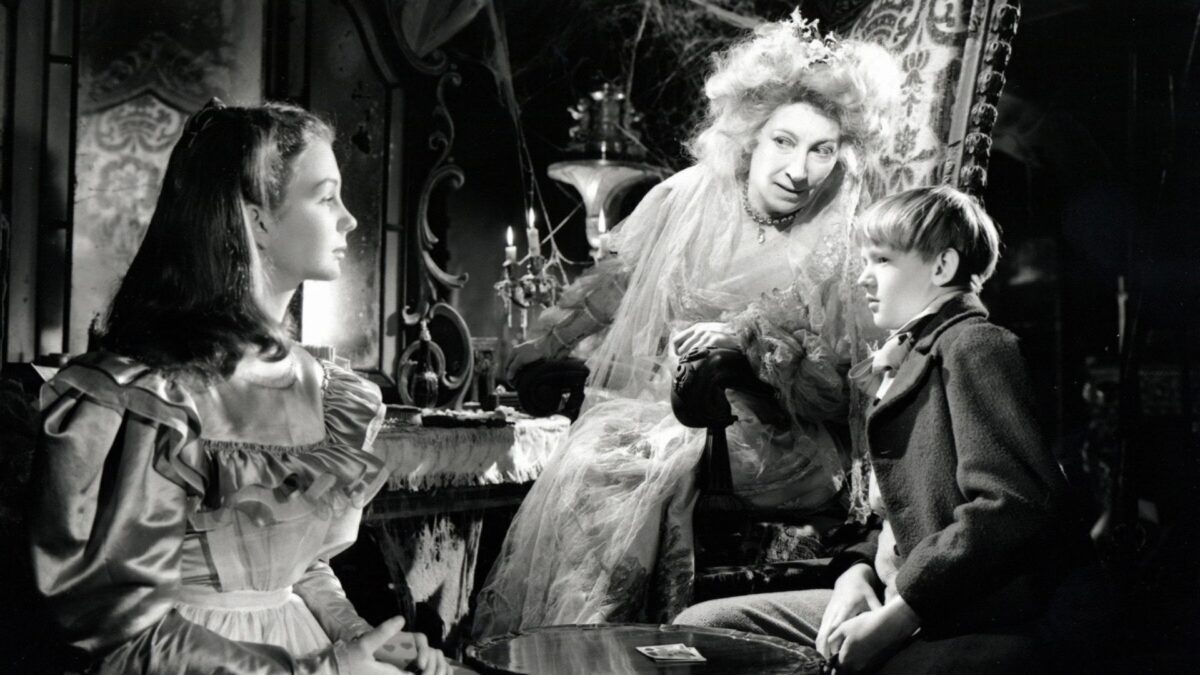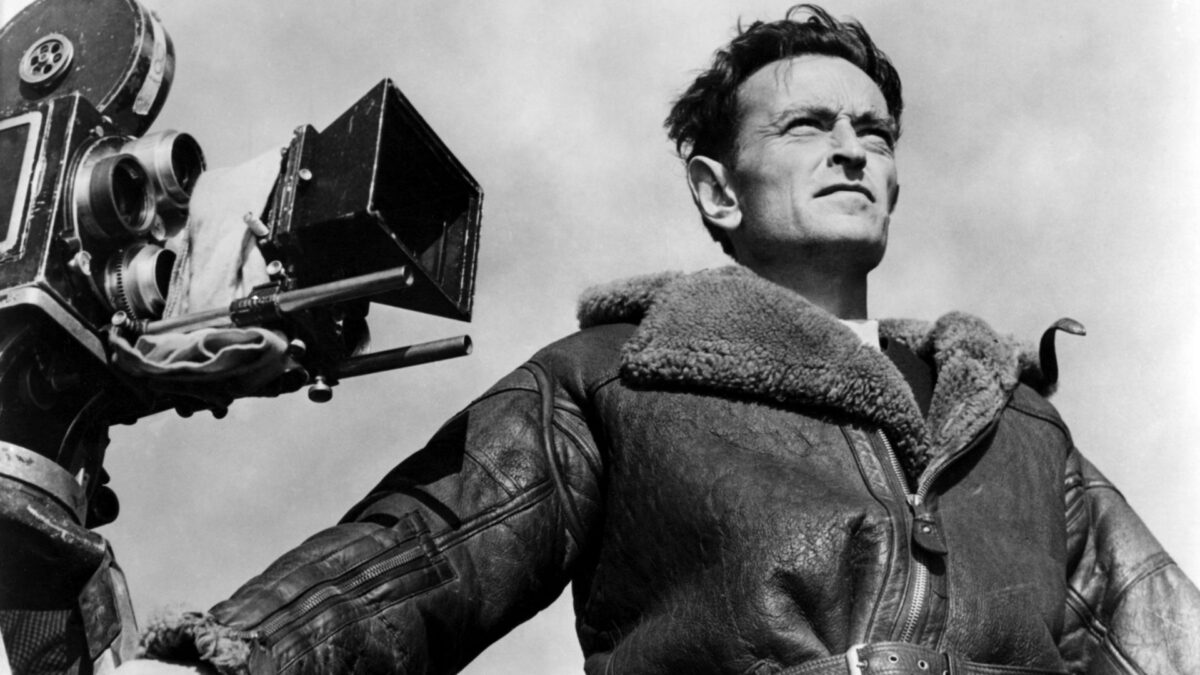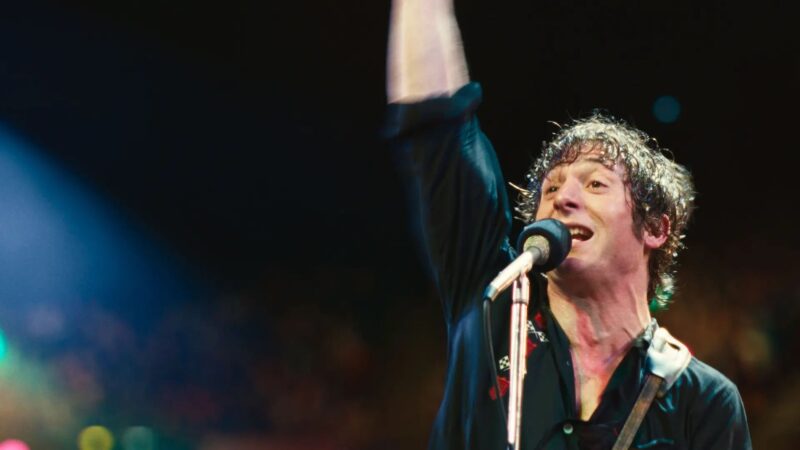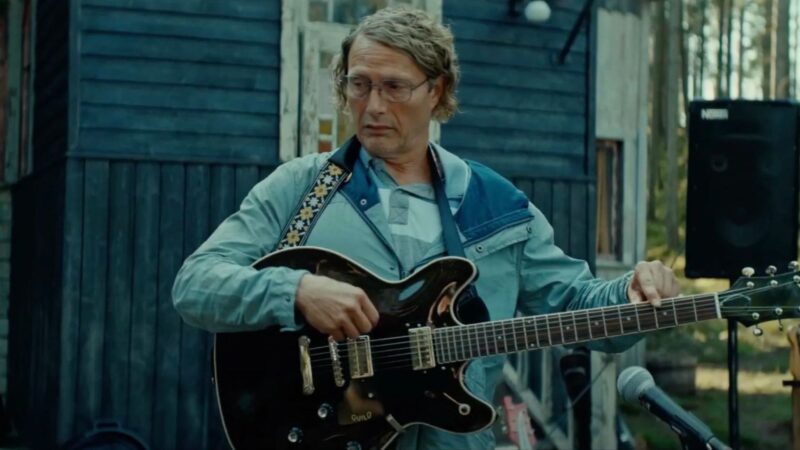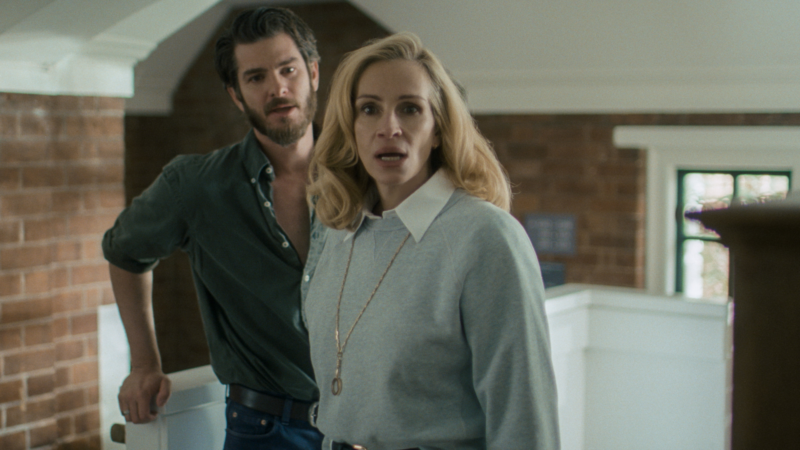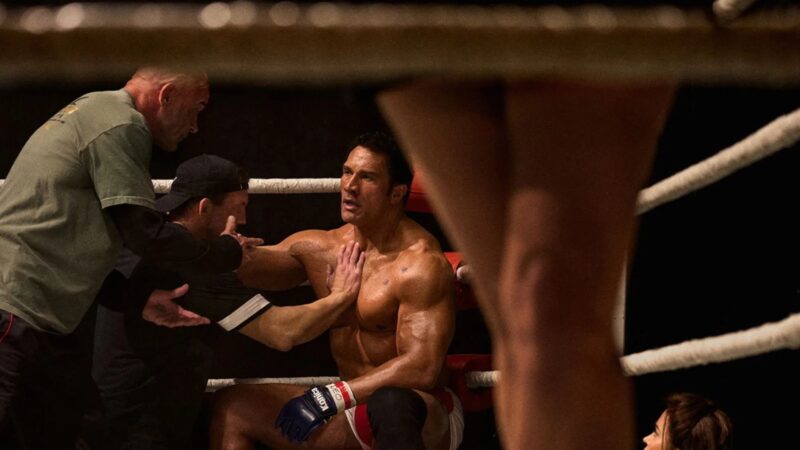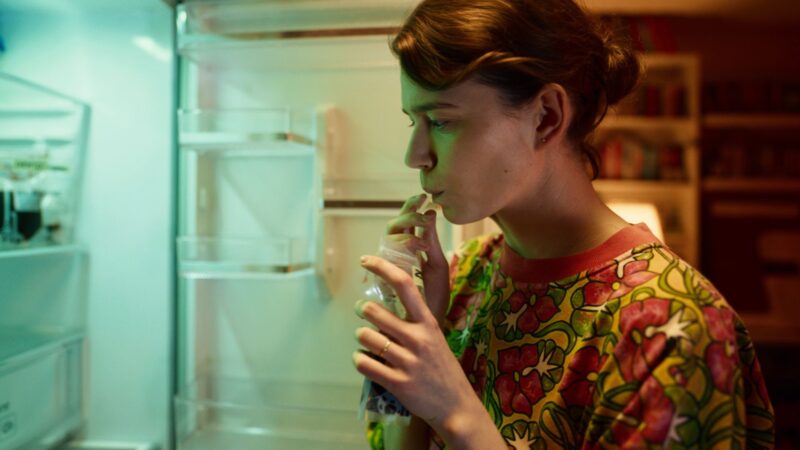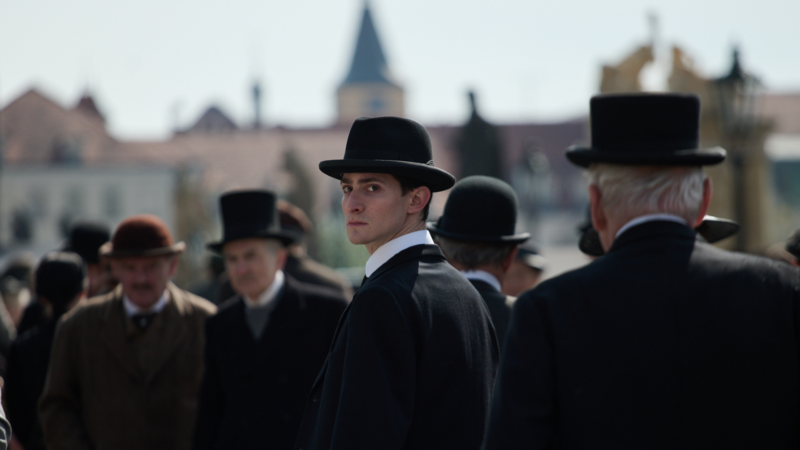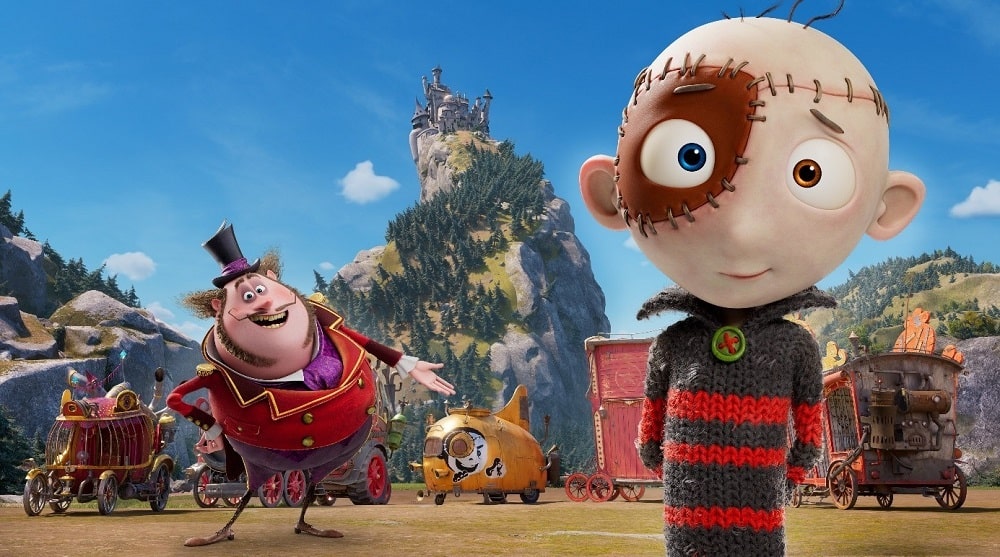Wielkie nadzieje
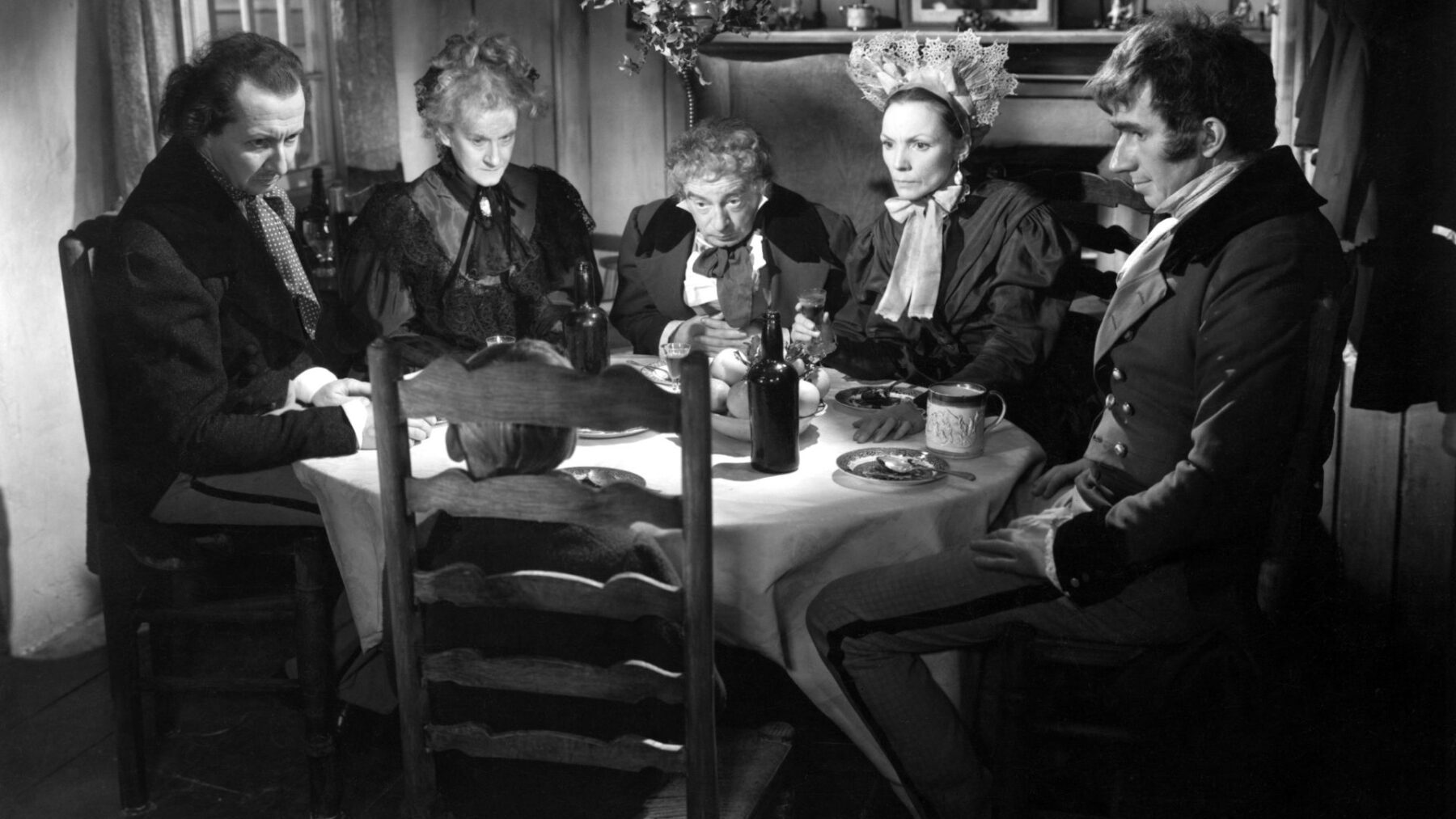
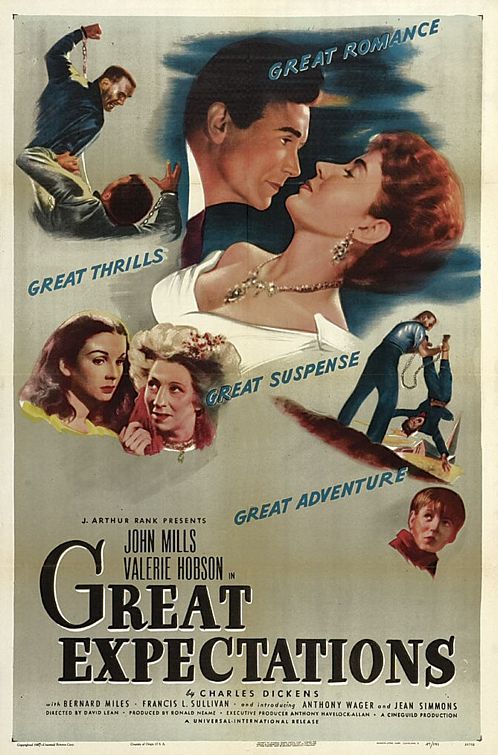
Dwie powojenne adaptacje dzieł Charlesa Dickensa w reżyserii Davida Leana zasłużenie zajęły miejsce w kanonie najwybitniejszych brytyjskich filmów. WIELKIE NADZIEJE, obok OLIVIERA TWISTA (1948), ugruntowały reputację Leana jako jednego z najzdolniejszych i najbardziej wizjonerskich twórców kina. Film, oparty na trzytomowej powieści Dickensa z 1861 roku, koncentruje się na kluczowych momentach historii, przedstawionych w formie efektownych, zapadających w pamięć scen. Scenariusz, oparty na teatralnej adaptacji powieści, zdobył nominację do Oscara, a sam obraz uzyskał jeszcze dwie kolejne: za najlepszą reżyserię i najlepszy film.
Nastrojowe, czarno-białe zdjęcia Guya Greena, uhonorowane Nagrodą Akademii, doskonale oddają mroczną i pełną tajemnic atmosferę dorastania Pipa – od chłopca, w którego wciela się Anthony Wager, po dorosłego mężczyznę granego przez Johna Millsa. Kolejny Oscar powędrował do Johna Bryana za scenografię, potwierdzając niezwykłą dbałość filmu o nastrój i stronę wizualną. Znakomite połączenie scenografii, oświetlenia i pracy kamery sprawia, że niemal każda klatka tego filmu stanowi małe dzieło sztuki.
John Mills przewodzi znakomitej obsadzie, w której znaleźli się również Alec Guinness, Jean Simmons i Valerie Hobson, wspierani przez plejady wybitnych aktorów teatralnych. Ich pełne energii i emocji kreacje nadają opowieści wyjątkową głębię. Nawet role drugoplanowe odegrane są z niezwykłą precyzją, wnosząc autentyczność do odtworzenia realiów wiktoriańskiej Anglii i podkreślając ludzki wymiar galerii postaci stworzonych przez Dickensa.
EN
David Lean’s two post-war adaptations of the work of Charles Dickens have rightfully taken their place in the canon of Britain’s finest national cinema. Great Expectations, along with Oliver Twist (1948), cemented Lean’s reputation as one of our most talented directors. Based on Dickens’ three-volume 1861 novel, the film necessarily focuses on the key events, which are depicted as striking set-pieces. The screenplay, based on a stage version of the novel, was nominated for an Academy Award, and the film received two other nominations, for Best Director and Best Picture.
The atmospheric black and white cinematography of Guy Green secured him an Oscar win and perfectly captures the haunting adventures of Pip as he grows from childhood into manhood, played first by Anthony Wager, then John Mills. Another Academy Award went to John Bryan for his Art Direction, cementing the reputation of the film’s mood and visuals. The striking combination of décor, lighting and camera work make almost every frame into a work of art.
Mills heads a star-filled cast, which includes Alec Guinness, Jean Simmons and Valerie Hobson, supported by theatrical talent galore which propels the narrative with performances of energy and emotion. Even the smaller roles are played for maximum impact, adding authenticity to the recreation of Victorian England, and the human touch to the panoply of characters.
